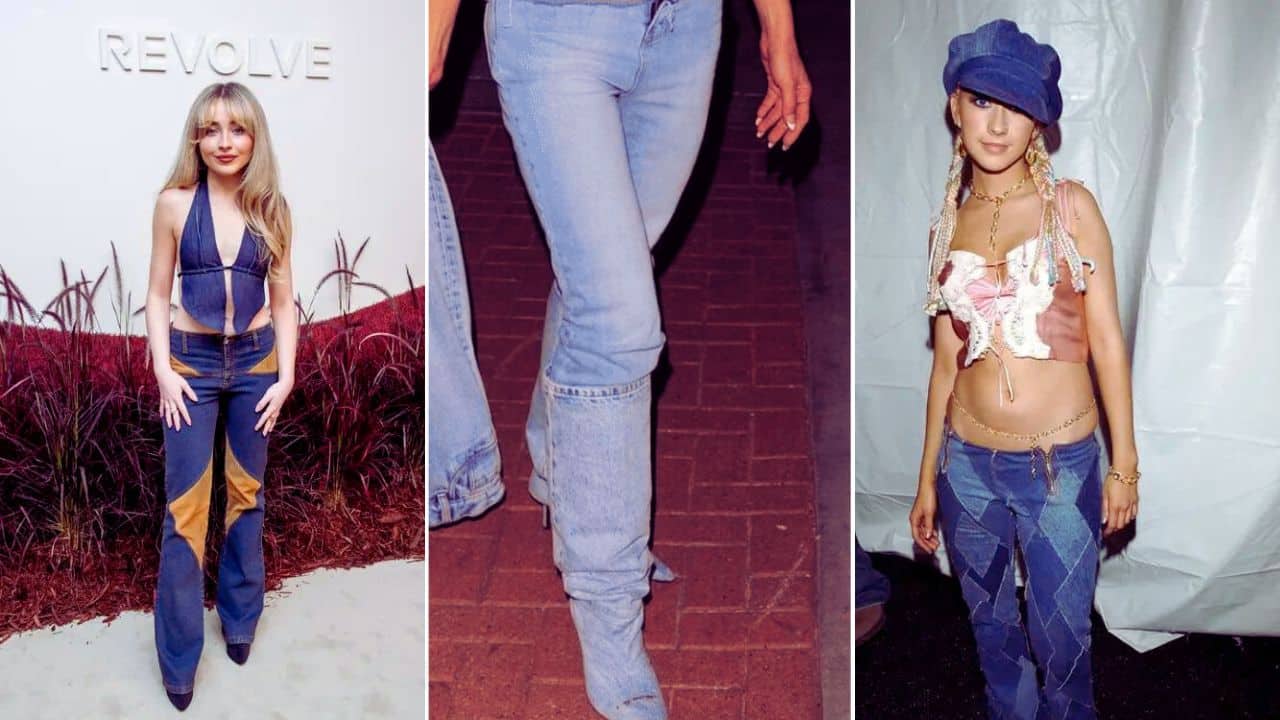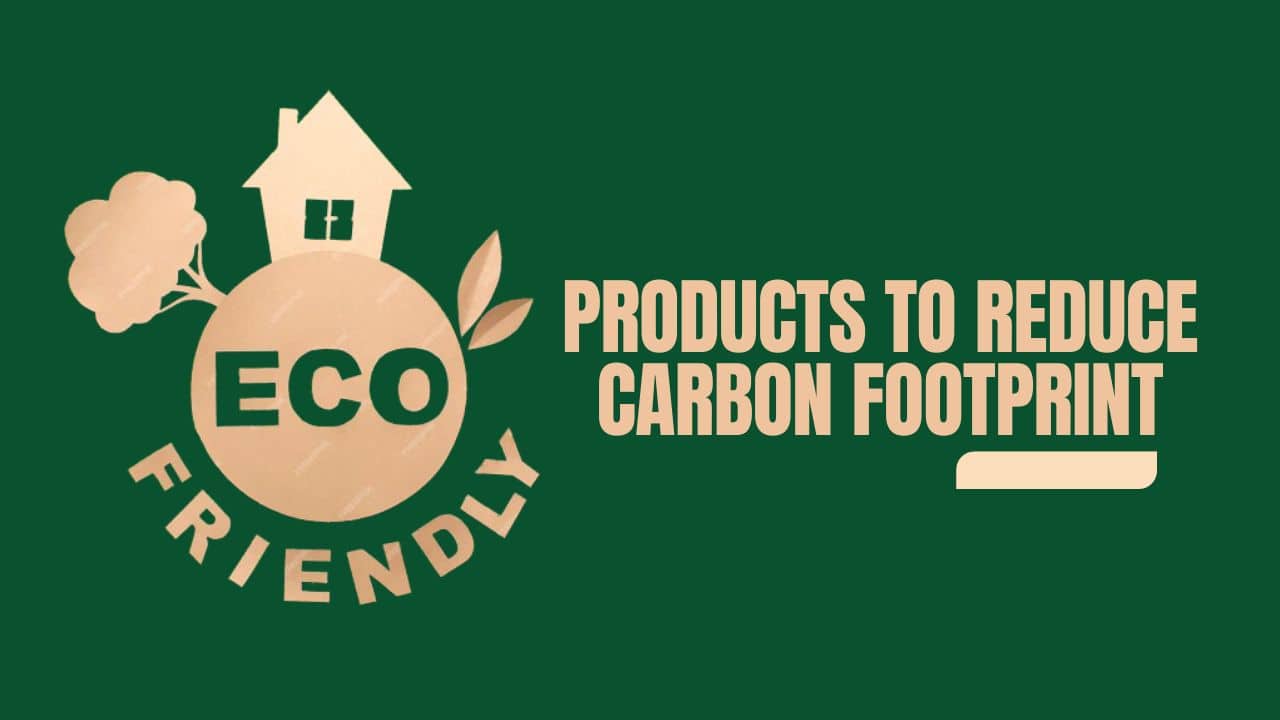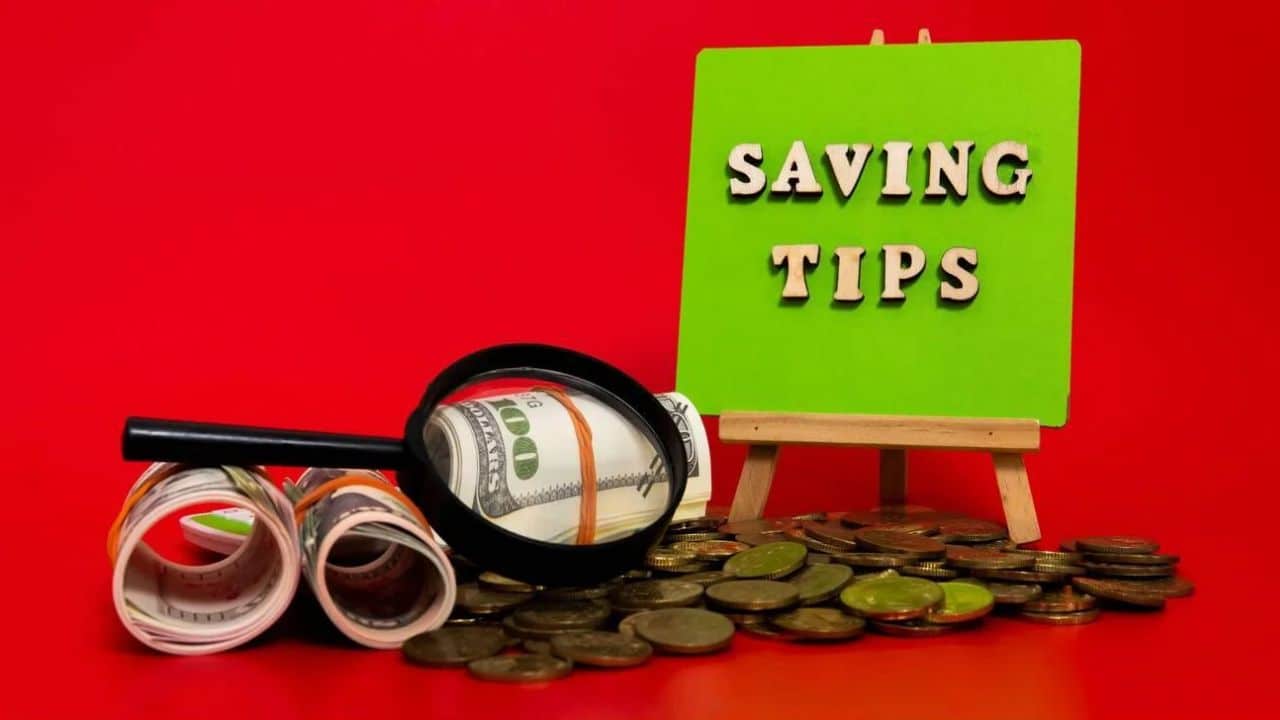Listen to the Podcast:
You must first be able to translate recycling into the context of the fashion industry in order to comprehend the benefits and drawbacks of recycling in the industry. It’s not just about producing less waste or recycling for the sake of recycling; it’s also about going deeper and understanding what recycling implies and what benefits it deprives us of. You will be able to make decisions and care for the earth more effectively if you take into consideration this entire picture.
Therefore, the benefits and drawbacks of recycling in the fashion industry that we discuss in this article can be very helpful for anyone who is unsure of where to begin or why it is critical to adopt more sustainable good practices and connect them to recycling. In this regard, we must first understand the ramifications of recycling and the significance of doing so in the fashion industry.
READ MORE: What Makes a Fantastic Wedding Venue?
What is recycling?
Giving an item, garment, or material a second opportunity after it theoretically “has exhausted its useful life” allows for another physically useful use. This is what recycling, as well as the process of recycling, entails. Recycling, in a nutshell, is the process that gives things a second chance at life.
Reuse, reduction, and recycling—commonly referred to as the “three R’s”—are activities that help protect the environment. These three guidelines greatly aid in handling objects and giving them a second chance at life.
Advantages of recycling in fashion
There is no doubt that the decrease of pollution is one of the many benefits of recycling your clothing. not just on a local level, but also on a group level. Recycling lessens the likelihood of garbage entering ecosystems like rivers, mountains, etc. by preventing the waste from reproducing. Giving those soiled jeans a second opportunity is crucial since recycling enables fashion items to continue functioning in various settings.
Recycling also gives you the chance to exercise your creativity. You must enjoy innovation if you enjoy fashion, right? Therefore, why not give it a try from the recycling side? You can experiment with a variety of inventive options when you recycle, such as altering clothing or creating amazing new things out of the last button, zipper, or accessory.
Recycling can therefore also have a positive impact on the economy through the sale of recycled goods in the fashion industry. In addition to being a fantastic path for entrepreneurship development, altering, changing, or even mending clothing may also be a terrific way to create jobs and teach people how to care for the environment.
ALSO READ: The Coolest Pajamas for Hot Nights in 2023
Disadvantages of recycling in fashion
Recycling can sometimes sound amazing, but when it is put into practice, there are often a number of difficulties or barriers that make the work more challenging. Here are a few of the ones we located. Naturally, consider that these are excellent opportunities to change it and offer fresh solutions, not just obstacles.
First off, one of the most widespread drawbacks is the misconception that recycled goods or materials are inferior than fresh ones. Innovation is crucial for the growth of the fashion industry, but recycling advancements also provide firms with a more sustainable option.
Even though we are aware that recycling clothing or giving our favorite outfits a second life is very simple, in industrial situations, the rescue and treatment of textiles require a highly skilled technical team that we very well may not have at home. From the consumer trenches, we can demand that the major brands take this issue seriously.
This leads to the following drawback, which suggests that people’s capacity for recycling differs, which is not necessarily a bad thing. Some people hold the belief that recycling must always be done, even when it isn’t practicable. Additionally, some materials, like polyester or nylon, take a long time to recycle or transform because of the nature of their composition. Therefore, don’t get discouraged if things don’t go as planned right away; over time, you’ll be able to figure out how to help recycle clothing or textiles.






































